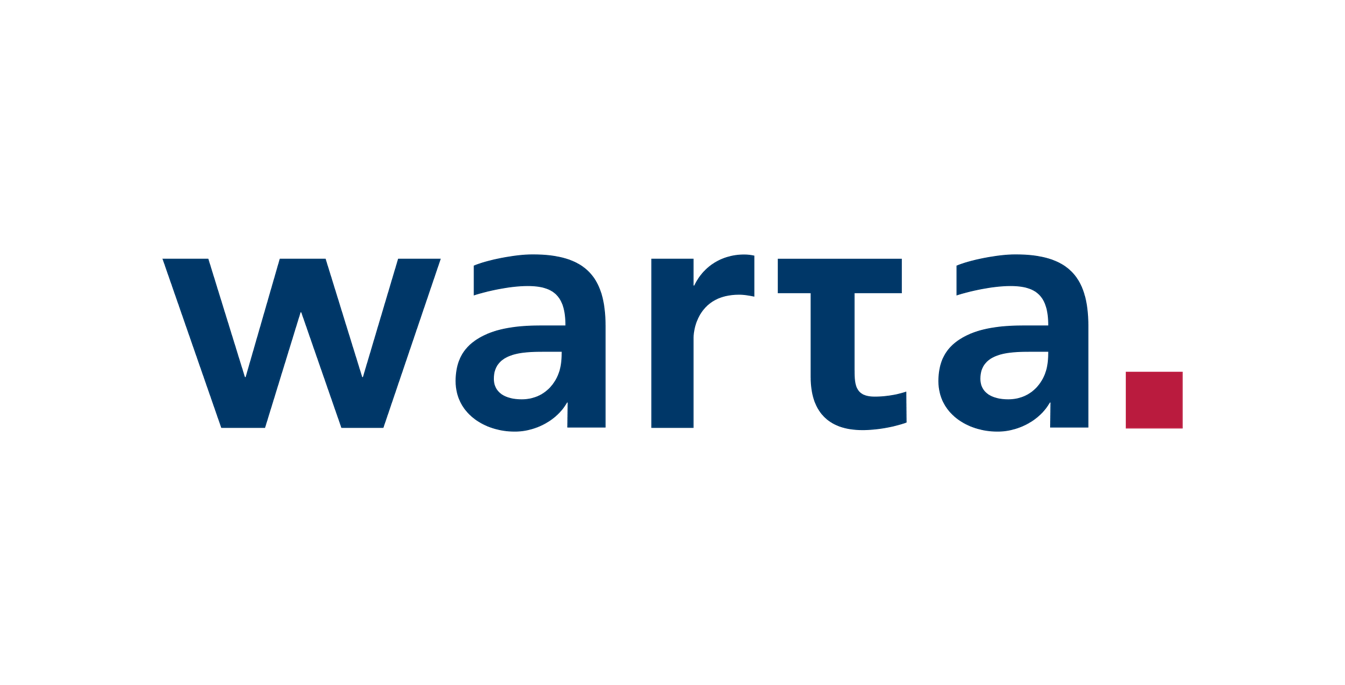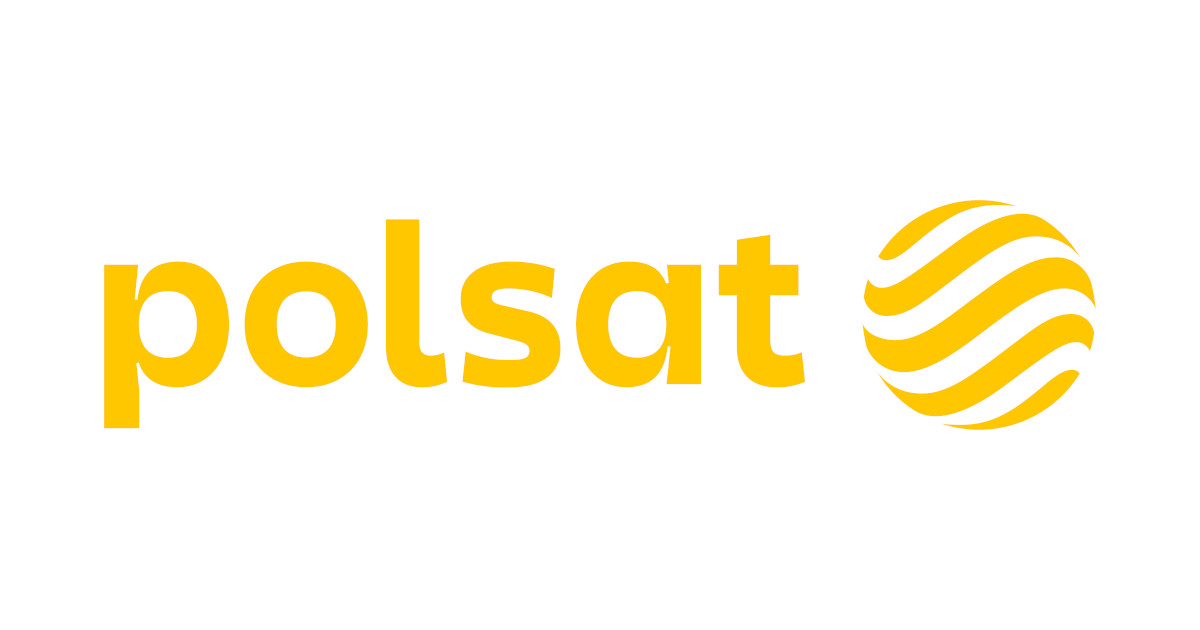Online training
Financial analysis for employees of Shared Service Centres
Kategoria: Online ACCOUNTING, CONTROLLING & FINANCES, Online SSC/GBS, Training in English
The training is aimed at employees of shared services centres interested in reporting and financial analysis. In particular, it is aimed at people who need knowledge of financial analysis in their work, as well as owners of various companies and current or future managers of each level in order to improve financial performance.
• to acquire the ability to apply financial analysis methods in practice
• to discuss the significance of elements in the financial statements
• to explain the impact of business transactions on company financial performance
• to develop the ability to analyze various items of the balance sheet, profit and loss account and cash flow statement
• to show the principles of construction of financial ratios and their interpretation in order to assess the financial situation of the company
• to show the principles of the company’s financial liquidity audit
The training is conducted interactively using audiovisual techniques. Numerous case studies are presented during the training, students are also involved in acquiring skills through exercises and case studies
I. Scope of financial reporting
1. The financial statements and their structure:
(a) types and types of reports prepared in different enterprises (financial statements, tax settlements, management reports, annual report) according to Act on Accountancy and IFRS
(b) the content of the individual elements of the financial statements
(c) how the elements of the financial statements are interrelated?
(d) to what extent there is an obligation to prepare financial statements?
(e) what are the rules for preparing the financial statements?
(f) what do the types of reports produced by the company depend on – what information can be required from different companies?
(g) informational scope of the individual reports – what is their usefulness in assessing the current and future financial condition of the company?
II. The balance sheet as a basic source of information about the company’s assets and ways of financing them:
(a) principles of balance sheet construction,
(b) discussion and measurement of individual balance sheet items,
(c) the principle of balance sheet equilibrium,
(d) the impact of economic operations on balance sheet items,
(e) analytical reading and interpretation of the balance sheet,
(f) balance sheet valuation and accounting policy – the impact of legal regulations and accounting policy on the comparability of financial statements and on the assessment of the financial condition of the enterprise.
3. Profit and loss account as a source of information about company’s results:
a) principles of construction of the profit and loss account,
(b) a discussion of the various parts of the income statement,
(c) preparation of the profit and loss account in a comparative and a multiple-step approach,
(d) an analytical assessment of the company’s financial performance,
(e) is a positive financial result (profit) always a positive sign and can a profitable (profitable) company fail?
(f) what are the EBIT, EBITDA, EBT figures used in the context of the income statement,
(g) problems of interpretation of the profit and loss account.
4. the cash flow statement and its significance:
(a) principles for designing a cash flow statement,
(b) explanation of the nature of the business segments in the cash flow statement,
(c) drawing up the direct and indirect cash flow account,
(d) what is the relationship between the company’s profit and cash flow and cash?
(e) how to interpret changes in cash flows during the period?
(f) the sources of generating a positive cash flow balance,)
(g) an assessment of eight possible options in a dynamic assessment of the financial situation of the form.
5. other elements of financial statements:
(a) the content of the notes,
(b) the rules applicable to the preparation of the financial statements,
(c) the relevance of the additional explanations to the balance sheet and the income statement,
(d) the nature and structure of the statement of changes in equity.
III. Preliminary assessment of the financial statements
1. structure analysis, i.e. vertical analysis:
(a) balance sheet,
(b) the profit and loss account, in particular the cost and revenue analysis of the undertaking,
(c) a cash flow statement.
2. Dynamic analysis, i.e. horizontal analysis and the usefulness of the analysis over time.
3. Analysis in space, i.e. sector and industry comparisons.
4. Links between reports in dynamics analysis.
5. preparation of preliminary assessment of the financial condition of the company.
IV. Ratio analysis of financial statements
1. Profitability analysis – how to examine the company’s profitability/deficit:
(a) Profitability of sales analysis (ROS),
(b) Return on assets analysis (ROA),
(c) ROE analysis,)
(d) the weighted average cost of capital (WACC) in assessing a company’s profitability.
2. liquidity analysis:
(a) the concept and essence of the company’s liquidity,
(b) a static liquidity analysis based on the balance sheet,
(c) a dynamic liquidity analysis based on a cash flow statement.
3. Analysis of the effectiveness of asset management in the company – how to assess the management of receivables, inventories and short-term liabilities:
a) turnover and activity ratios,
b) the cash conversion cycle.
4. Debt and financing analysis – how to examine the structure and application of capital involved in the company’s activities:
(a) debt ratios,
(b) study of self-financing and capital gearing,
(c) assessment of the undertaking’s solvency and financial risks.
5. Market indicators in the assessment of the company’s condition:
a) Earnings per share ratio (EPS),
(b) Price/profit index (P/E),
(c) Dividend payment rates.
V. In-depth assessment and control of liquidity in practice
a) The concept and essence of financial liquidity (three aspects of financial liquidity, liquidity surplus and shortage, liquidity and bankruptcy).
b) Liquidity and solvency of the company.
c) Can a company with appropriate levels of liquidity ratios become insolvent and bankrupt?
5. Net working capital and net working capital management strategies – how to estimate and control the demand for net working capital?
6. Cash conversion cycle (rotation, receivables, liabilities, inventory).
VI. Use of financial information in managing the company’s profitability
1. evaluation of the profit and loss account – what is the impact of the applied cost accounting system on the company’s financial result and profitability, how can the financial result be controlled?
2. multiblock and multistage variable cost account – how to prepare a profit and loss account for selected organizational parts of the company and for particular products?
3. in-depth profitability analysis – how much should be sold to survive; how much should be sold to achieve the assumed profit level?
4. margin of safety analysis – how much sales can be reduced in order not to go bankrupt?
5. Profitability sensitivity – how decisions made in other departments (e.g. marketing) affect profitability.
VII. Advanced problems of financial analysis
1. Use of operating leverage (DOL) and leverage (DFL) in financial analysis and management – how do demand fluctuations affect profit and how do changes in profit affect profitability of equity?
2. Economic value added (EVA) in the analysis of the company’s condition.
3. Market value added (MVA) and its relationship to EVA.
4. Synthetic methods of assessing the financial situation of the company.
5. Du Pont Analysis
6. Discriminatory models for predicting the company’s bankruptcy (Altman Model etc.)
• In Polish version.
• As a closed training, exclusively for employees of your organisation or centre.
Cost: 2090 zł + 23% VAT
Price includes:
• class attendance
• training materials
• certificate
• access to the training platform for 6 months
On-line (via Teams platform)
Each person registered must have a computer or other mobile device with a built-in speaker (optional camera and microphone) and Internet access.
The above-mentioned equipment does not oblige you to share your image, it is needed in order to actively participate in the training.
Timetable
Timetable: 10 a.m. – 4 p.m.
Do you have any questions?
Please, don’t hesitate to contact us.
Wioletta Świercz
tel. (22) 208 21 29 | kom. 504 435 986
wioletta.swiercz@adnakademia.pl














